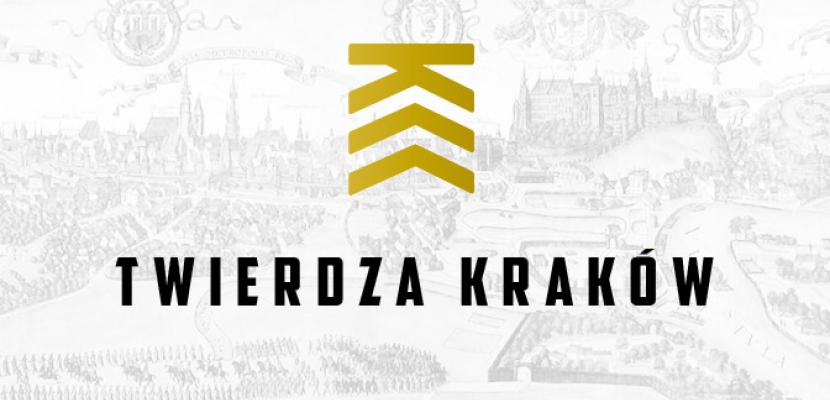
Revitalization of Bastion III "Kleparz"

About this good practice
Bastion III Kleparz, located in Kraków, Poland, addresses the problem of deteriorating historical fortifications that were at risk of decay and underutilization. This 19th-century site, once part of the city's defense system, had lost its connection to the modern cultural landscape, prompting the need for revitalization to preserve its historical significance while integrating it into contemporary life.
The practice aims to transform Bastion into a vibrant cultural hub, achieving its objectives through careful restoration and adaptive reuse. Implementation involved renovating the structure to maintain its architectural integrity while creating multifunctional spaces for artistic expression, community events, and cultural activities. This includes hosting concerts, exhibitions, and workshops, thereby fostering public engagement and enhancing cultural appreciation.
Key stakeholders in this practice include local government authorities, cultural institutions, artists, and the community. The City of Kraków played a crucial role in funding and regulatory support, while partnerships with cultural organizations helped shape programming and events. Beneficiaries include local residents who gain access to cultural experiences, creative professionals who utilize the venue, and tourists attracted to the site’s historical and cultural offerings. Bastion III Kleparz exemplifies how heritage sites can be revitalized to enrich community life while preserving historical assets.
Resources needed
Bastion III Kleparz received ap. €2M in funding for restoration and over €5M in funding for cultural events and initiatives supporting creative industries from EU and national funds. Human resources: 50-100 workers during the setup phase and a team of 5-10 staff for ongoing projects and events.
Evidence of success
Bastion III Kleparz is considered a good practice due to its successful revitalization and integration into Kraków's cultural landscape. It hosts over 50 cultural events annually. The restoration preserved the site's historical value while creating jobs, with an estimated 15-20 permanent positions. Positive feedback from visitors and cultural stakeholders highlights its role in enhancing local identity and promoting sustainable heritage management, serving as a model for similar projects.
Potential for learning or transfer
Bastion III "Kleparz" serves as a valuable model for other regions due to its successful integration of heritage preservation and community engagement. Key success factors include adaptive reuse of historical sites, fostering strong partnerships with local stakeholders, and creating multifunctional spaces for cultural activities. Its inclusive programming encourages local participation, making it a blueprint for similar initiatives.
However, potential barriers to transfer include differences in local contexts, funding limitations, and regulatory challenges. Regions must consider their unique cultural histories and stakeholder dynamics when adapting the model.
Although direct documented transfers of this practice are limited, interest has emerged from the Fortress of Przemyśl in Subcarpathian Region (Poland).
Adopting lessons learned from Bastion III could enhance cultural heritage management and community involvement across Europe.
Further information
Good practice owner
You can contact the good practice owner below for more detailed information.